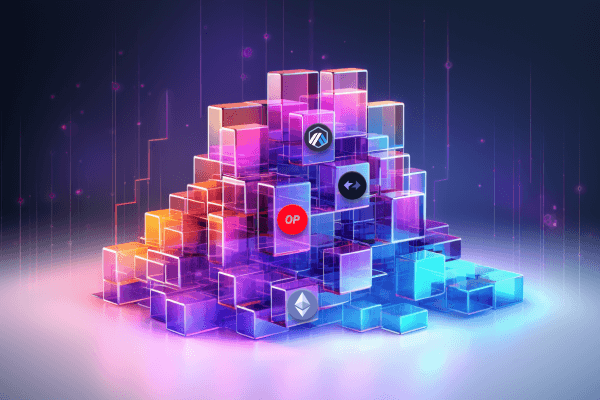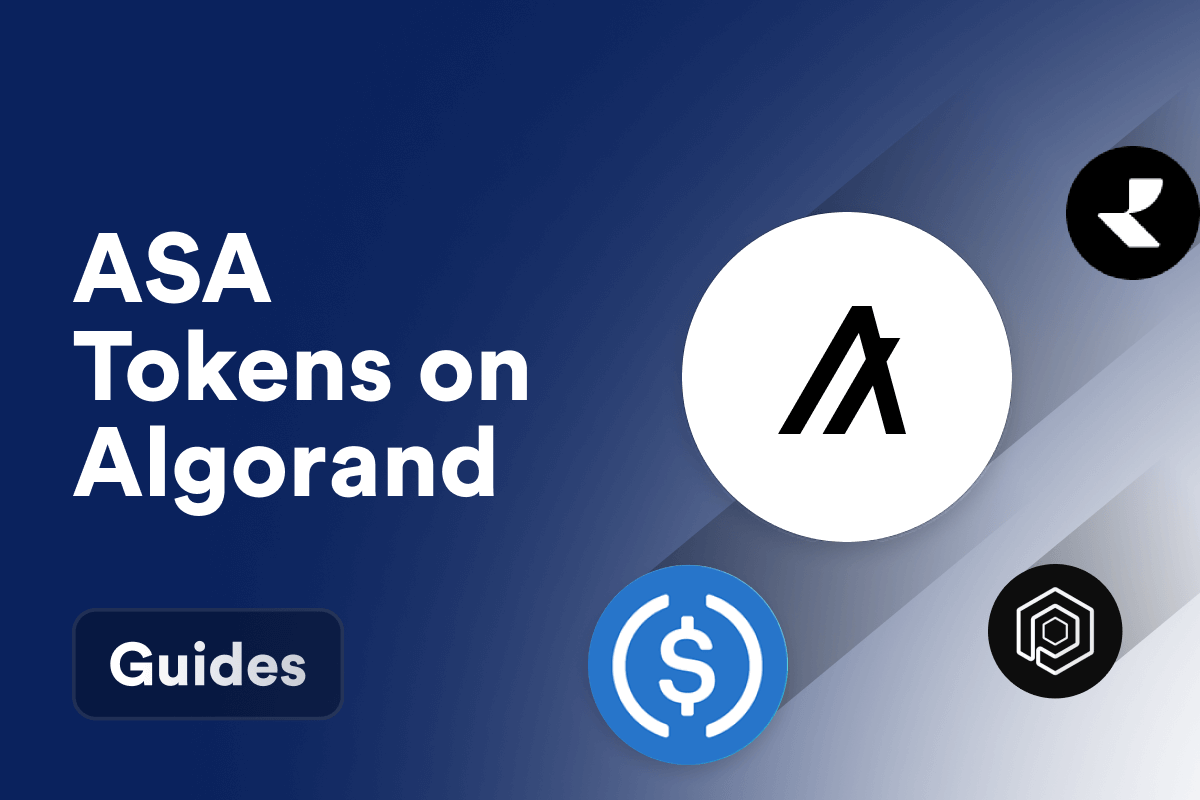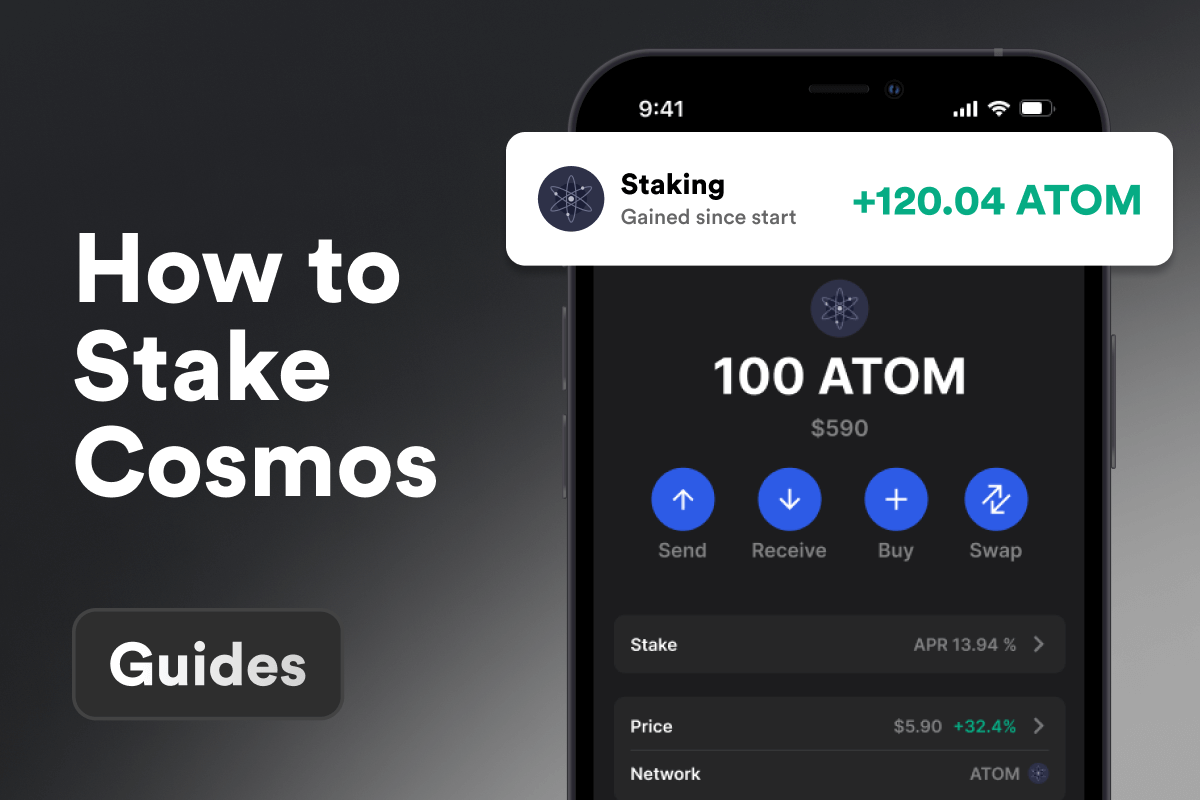
Blockchain technology has seen exponential growth in popularity, with millions of people worldwide now owning cryptocurrencies. However, as the user base continues to expand, the scalability of blockchain networks becomes a critical challenge. This challenge is often referred to as the Blockchain Trilemma, where blockchain networks must choose between decentralization, security, and scalability. In this article, we will explore the concept of Layer 1 in blockchain and delve into the various layer 2 scaling solutions that aim to address the scalability issue.
The Blockchain Trilemma and the Need for Scalability
The Blockchain Trilemma posits that achieving high levels of decentralization, security, and scalability simultaneously is virtually impossible in a decentralized system. Blockchain networks can typically only prioritize two out of these three factors. While decentralization and security are crucial for the trustworthiness of blockchain networks, scalability is essential for mainstream adoption.
Scalability refers to a blockchain’s ability to handle an increasing volume of transactions without slowing down or becoming congested. As more users join the blockchain network and the number of transactions grows, a scalable blockchain is necessary to ensure smooth and efficient operations. Without scalability, blockchain technology cannot reach its full potential.
Understanding Layer 1 in Blockchain
Layer 1 refers to the base level of a blockchain architecture, which is the main structure of a blockchain network. Popular Layer 1 blockchains include Bitcoin, Ethereum, and BNB Smart Chain. These blockchains serve as the foundation for the entire network and process and record transactions for their respective ecosystems. They feature native cryptocurrencies, which are typically used for transaction fees and broader utility within the network.
Layer 1 blockchains are often faced with scalability issues as the number of users and transactions increases. For example, Bitcoin and Ethereum, both Layer 1 networks, have struggled with scalability due to the consensus mechanisms they employ. Bitcoin’s proof-of-work mechanism and Ethereum’s large number of validators have limited their transaction processing capabilities, resulting in slower confirmation times and higher fees during network congestion.
Challenges of Layer 1 and Scaling Solutions
Layer 1 blockchains face several challenges when it comes to scalability. The consensus mechanisms they employ, such as proof-of-work, can limit transaction throughput and increase processing fees. To address these challenges, various scaling solutions have been proposed and implemented on Layer 1 blockchains.
Changing the Consensus Mechanism
One approach to improving scalability on Layer 1 blockchains is to change the consensus mechanism. For example, Ethereum is currently in the process of transitioning from proof-of-work to proof-of-stake, which is expected to significantly increase its transaction processing capacity. Proof-of-stake requires validators to hold and lock up a certain amount of cryptocurrency as collateral, reducing the need for energy-intensive mining.
Chain Fork
Another method to enhance scalability on Layer 1 blockchains is through a chain fork. Forking a blockchain involves making upgrades or adjustments to the existing chain. This can be done as a soft fork, where the changes are compatible with the previous version, or as a hard fork, which introduces significant changes that are not backward compatible.
Bitcoin, for example, implemented a soft fork called Segregated Witness (SegWit) to improve scalability. SegWit separates transaction signatures from the transaction data, allowing more transactions to fit into each block and increasing the overall transaction capacity of the Bitcoin network.
Sharding
Sharding is a scalability technique that involves dividing a blockchain’s operations into smaller sections called shards. Each shard can process data simultaneously, improving the overall throughput of the network. While sharding is still a concept being explored by major Layer 1 blockchains like Ethereum, it holds promise for significantly increasing transaction capacity.
Layer 2 Scaling Solutions: Enhancing Scalability on Top of Layer 1
Layer 2 scaling solutions are built on top of Layer 1 blockchains and aim to improve scalability by offloading some of the transaction processing from the main chain. These solutions work in parallel or independently of the Layer 1 network, reducing congestion and increasing throughput.
State Channels
State channels are one of the layer 2 scaling solutions that enable off-chain transactions between participating parties. These channels allow users to conduct multiple transactions without immediately recording them on the underlying blockchain. Once all transactions are complete, the final state of the channel is broadcasted to the blockchain for validation. State channels offer fast and cost-effective transactions, as they minimize the need for on-chain processing.
The Lightning Network is an example of a state channel solution built on top of the Bitcoin network. It enables near-instantaneous and low-cost transactions by creating payment channels between participants, reducing the load on the Bitcoin blockchain.
Rollups
Rollups are another layer 2 scaling solution that bundles off-chain transactions and submits them as a single transaction on the Layer 1 blockchain. These rollups utilize validity proofs to ensure the integrity of the off-chain transactions. By aggregating multiple transactions into a single transaction, rollups significantly reduce the load on the Layer 1 network while maintaining its security.
There are different types of rollups, including zero-knowledge rollups (ZK rollups) and optimistic rollups. ZK rollups use zero-knowledge proofs to validate transactions, while optimistic rollups assume that transactions are valid unless proven otherwise. Both types of rollups have the potential to greatly enhance scalability and reduce transaction costs.
Popular Rollup solutions include Optimism, Matter Labs, Arbitrum, and Loopring.
Nested Blockchains and Sidechains
Nested blockchains and sidechains are layer 2 scaling solutions that operate alongside the main Layer 1 blockchain. Nested blockchains are secondary chains that sit on top of the main blockchain, executing transactions according to the rules set by the main chain. The main chain’s role is limited to dispute resolution, while the day-to-day processing is delegated to the nested chains.
Sidechains, on the other hand, are independent blockchain networks that run parallel to the main chain. They have their own sets of validators and can process transactions independently. Sidechains rely on the security of the main chain but provide additional scalability and flexibility.
Blockchain Layer 1 vs Layer 2
Both Layer 1 and Layer 2 scaling solutions have their advantages and trade-offs. Layer 1 solutions focus on improving the base-layer blockchain itself, often through changes in consensus mechanisms or forking the chain. These solutions can offer significant improvements in scalability but may require consensus from the network participants and potentially disrupt the existing ecosystem.
Layer 2 solutions, on the other hand, provide a faster and more immediate way to enhance scalability by offloading transactions from the main chain. However, they rely on the security and availability of the underlying Layer 1 blockchain, and users must trust the Layer 2 network for efficiency and security.
The future of blockchain scalability lies in a combination of Layer 1 and Layer 2 solutions. Layer 1 blockchains like Ethereum, with their large user and developer communities, will continue to dominate the space. However, Layer 2 networks will play a crucial role in tailoring specific use cases and providing targeted scalability solutions.
As the blockchain ecosystem evolves, it is crucial to strike a balance between scalability, security, and decentralization. Layer 1 and Layer 2 solutions will continue to evolve and innovate, offering new ways to scale blockchain networks and enable widespread adoption.
Conclusion: Unlocking the Full Potential of Blockchain Technology
Blockchain Layer 1 forms the foundation of blockchain networks, processing and recording transactions for their respective ecosystems. However, scalability has always been a challenge for Layer 1 blockchains due to the trade-off between decentralization, security, and scalability. To address this challenge, Layer 2 scaling solutions have emerged, offering various approaches to offload transaction processing from the main chain.
State channels, rollups, nested blockchains, and sidechains are among the layer 2 solutions that enhance scalability and reduce congestion on Layer 1 blockchains. These solutions provide faster transaction processing, lower fees, and increased throughput, enabling blockchain networks to handle the demands of a growing user base.
The future of blockchain scalability lies in a combination of Layer 1 and Layer 2 solutions, with Layer 1 blockchains focusing on security and decentralization while Layer 2 networks provide targeted scalability solutions for specific use cases. As the blockchain ecosystem continues to evolve, it is crucial to prioritize scalability without compromising the core principles of decentralization and security.
By unlocking the full potential of blockchain technology through scalable and efficient networks, we can pave the way for widespread adoption and revolutionize various industries across the globe. The journey towards scalable blockchain networks is ongoing, and with ongoing research and innovation, we will continue to overcome the challenges and shape the future of decentralized finance.
Explore Layer 1 and Layer 2 Blockchains with Gem Wallet
Gem Wallet allows users to explore the world of Layer 1 and Layer 2 blockchain networks from the convenience of their mobile device. With its intuitive interface, users can easily send and receive tokens, view their transaction history, and store their crypto assets securely in the wallet.
The wallet supports popular Layer 2 solutions like Arbitrum, Optimism, Polygon, zkSync and more – enabling users to take advantage of these scalability solutions when transacting on the blockchain.
Gem Wallet is available on the App Store or Google Play Store, or you can download it as an APK from our website. Download Gem Wallet today and start your crypto journey with confidence.


